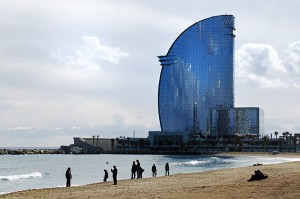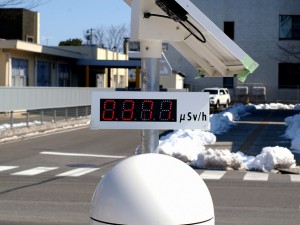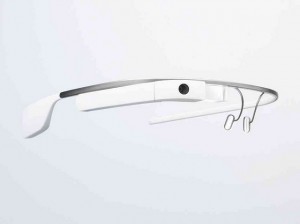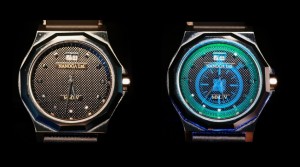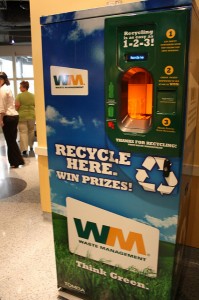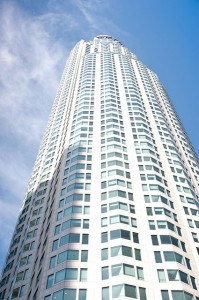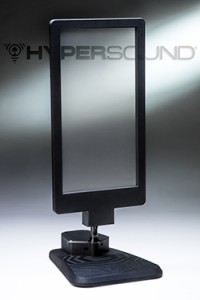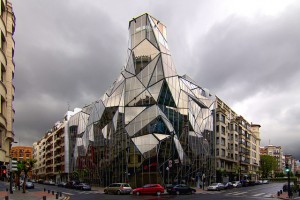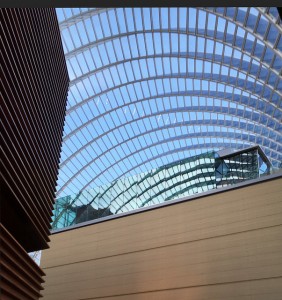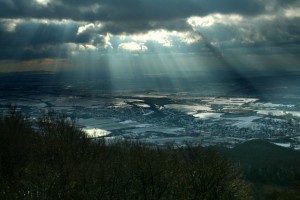Iconic Glass structures – W Hotel, Barcelona
The W Hotel, also known as the Hotel Vela, was constructed in Barcelona in 2010, and was designed by architect Ricardo Bofill. The hotel is made of glass and steel, and is shaped like a sail. The hotel complex occupies 64,000 square meters of land “reclaimed” from the sea in the Port of Barcelona and welcomes visitors to the city through the harbor’s new entrance. It connects the port to the site of the 1992 Summer Olympics.
W Hotel makes liberal use of glass throughout the building
The W Hotel features nearly 500 guest rooms, a rooftop bar, a marina, direct access to the Mediterranean Sea, and panoramic views of the City of Barcelona. It is the signature landmark of an area being redeveloped with high-end retail, restaurants, entertainment and other attractions. In 2010, the hotel won the Prix Villégiature Best Exterior Architecture Hotel Europe.
The use of glass is not limited to the exterior of the W. The hotel’s interior design makes liberal use of glass, both in the guest rooms and in the common spaces in the hotel. Dramatic LED lighting of glass-faced walls create an exceptional elegance.Most hotel rooms have a view of the sea, as do most of the meeting, dining and entertainment spaces.
The design of the26-story hotel is controversial because local building ordinances prohibited construction less than 100 meters from the shoreline. Prior to the construction of the W Hotel, along with the neighboring Agbar Tower and Arts Hotel, that ordinance was vigorously enforced.
The hotel façade is made of glass panels. Each panel was fabricated, then lifted into place. They were attached to the building using mechanical fasteners and structural silicone sealants. The glass panels reflect the color of the sea and sky, allowing the building to blend into the environment.
You can incorporate glass into your decorating scheme, and with the help of Glassprimer™ glass paint, you can choose virtually any color palette. Glassprimer™ glass paint is highly UV-resistant, and will not chip, crack or fade over time. If you’d like more information about Glassprimer™ glass paint or decorating with glass, please visit the rest of our site. If you’d like to purchase Glassprimer™ glass paint, please visit our online store .
Photo Credit: Ira Smirnova , via Flickr.com

